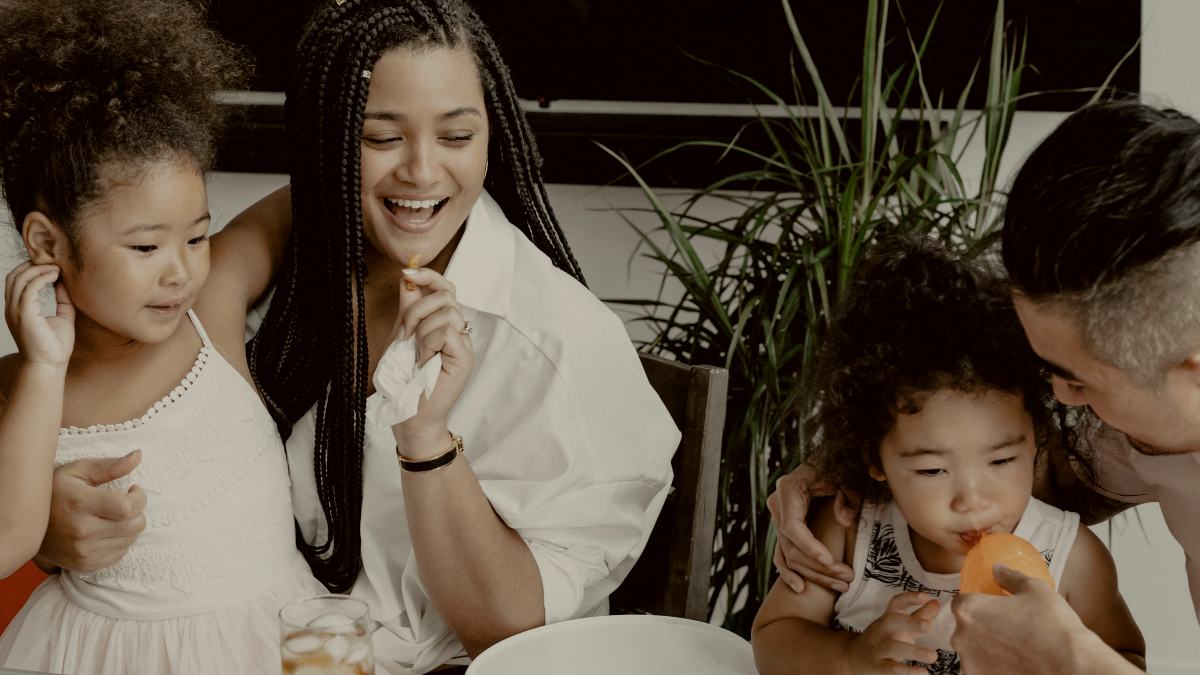
3 Things For Parents To Consider Before Going Into An Open Relationship
Open relationships can be tricky to manage, but even more so with kids in picture. Here's how to do it safely.

By Mark Travers, Ph.D. | August 06, 2024
Open relationships—where partners agree to engage in romantic or sexual relationships with others—require open communication, trust and mutual understanding among all parties involved. While these relationships can offer personal growth, satisfaction and a broader sense of connection, they also present unique challenges—especially for parents.
Children, whether aware of their parents' relationship dynamics or not, are deeply affected by the stability and atmosphere of their home. They look to their parents as role models, learning about love, trust and commitment through observation. Introducing the concept of open relationships to children can be delicate, as it may challenge their understanding of traditional family structures and provoke feelings of confusion or insecurity.
So, how do you navigate this tricky terrain? Besides modeling healthy boundaries and fostering clear communication and respect among all parties to prevent misunderstandings or emotional distress, here are three important considerations to keep in mind.
1. Prioritize Clear And Age-Appropriate Communication
Research emphasizes that good parent-child communication is the key to a healthy family dynamic. It helps build and maintain relationships, enhances interaction through feedback, and allows parents to understand and meet their children's needs. Effective communication also results in fair and meaningful relationships, promoting mutual understanding and acceptance between parents and children.
Before introducing an open relationship, it's important for parents to think about how they'll explain it to their children. Clear, age-appropriate explanations can ease confusion and provide reassurance.
- For young children, keep explanations simple and focused on the essentials. Frame the conversation around concepts of love and friendship, emphasizing that the family's core values of love, stability and care remain unchanged. For example, "Mom and Dad have special friends who make our lives happier, just like your friends do for you."
- For teenagers, be more detailed. Address their curiosity and the potential to encounter varied family structures among peers. Emphasize the importance of consent, respect and open communication in all relationships. For instance, "We've agreed to see other people in a way that makes us both happy and helps us grow while still loving and supporting each other and you."
- For adult children, have a more nuanced conversation. Discuss the philosophical and practical reasons behind your choice, addressing any concerns about family dynamics and assuring them of the stability of parental love and commitment. For example, "We've decided to have an open relationship because it enriches our lives and connection. It doesn't change our commitment to you or the family."
It's also crucial to keep open lines of communication with co-parents or other important adults in your child's life. Ensuring all parental figures are on the same page minimizes confusion and reinforces the stability of the child's home environment.
2. Evaluate The Stability And Health Of Current Relationships
Parents must critically assess the stability and health of their existing relationships because a strong, secure partnership is foundational for managing the additional complexities of non-monogamy.
- Partners should have open, transparent conversations about their motivations for exploring an open relationship. These discussions should cover what each partner hopes to gain, their boundaries, and how they plan to handle potential issues like jealousy or time management. Remember, the primary relationship needs to be robust and resilient before introducing additional partners.
- Establishing clear and mutually agreed-upon boundaries is crucial to prevent misunderstandings and protect the primary relationships. This includes defining what is acceptable in terms of new relationships, how much information will be shared between partners and how new partners will be integrated into the family dynamic.
- Both partners must evaluate their emotional readiness for non-monogamy. This includes understanding their own capacities for handling complex emotions such as jealousy, insecurity or fear of abandonment. Emotional readiness also involves being prepared to support each other through the ups and downs that may come with exploring new relationships. They must be available to talk to their partners whenever their partners express the desire.
- As a parent, one must consider how an open relationship will impact their parental responsibilities such as ensuring that their children's needs for attention, stability and emotional support are not compromised. Parents should be prepared to balance the demands of their personal relationships with their commitments to their children.
3. Establish Clear Boundaries And Privacy Protocols
A 2023 study highlights that opening a marriage requires not only communication but also setting clear boundaries to protect the family's structure and children's emotional well-being. Here are key points to consider:
- Decide when and how to introduce new partners to children. Ensure the timing aligns with the child's age and emotional readiness. Young children may not need to meet new partners early on, while older children can be introduced once the relationship is stable. Frame introductions to emphasize that the family unit remains intact and the new partner is a friend adding value.
- Establish clear agreements on balancing private time with partners and family time. Schedule private time without encroaching on important family moments. For example, plan dates that don't clash with family dinners, outings or events to ensure children receive undivided attention.
- Keep adult relationships and family life separate to prevent children from becoming entangled in adult issues. Keep intimate details and discussions about the open relationship private and out of the children's earshot, especially in their tender years. Reserve conversations about the dynamics and challenges of these relationships for times when children are not present.
- Ensure that new partners understand and respect the established boundaries. They should be aware of the importance of privacy, respect the family's routines, and not overstep their role in the children's lives. Ensuring new partners are aligned with these protocols helps maintain a harmonious and stable home environment.
Is a lack of connection within your current relationship causing you to consider other options? Take the Relationship Satisfaction Scale to know how your partnership stacks up against others.
A similar version of this article can also be found on Forbes.com, here.
